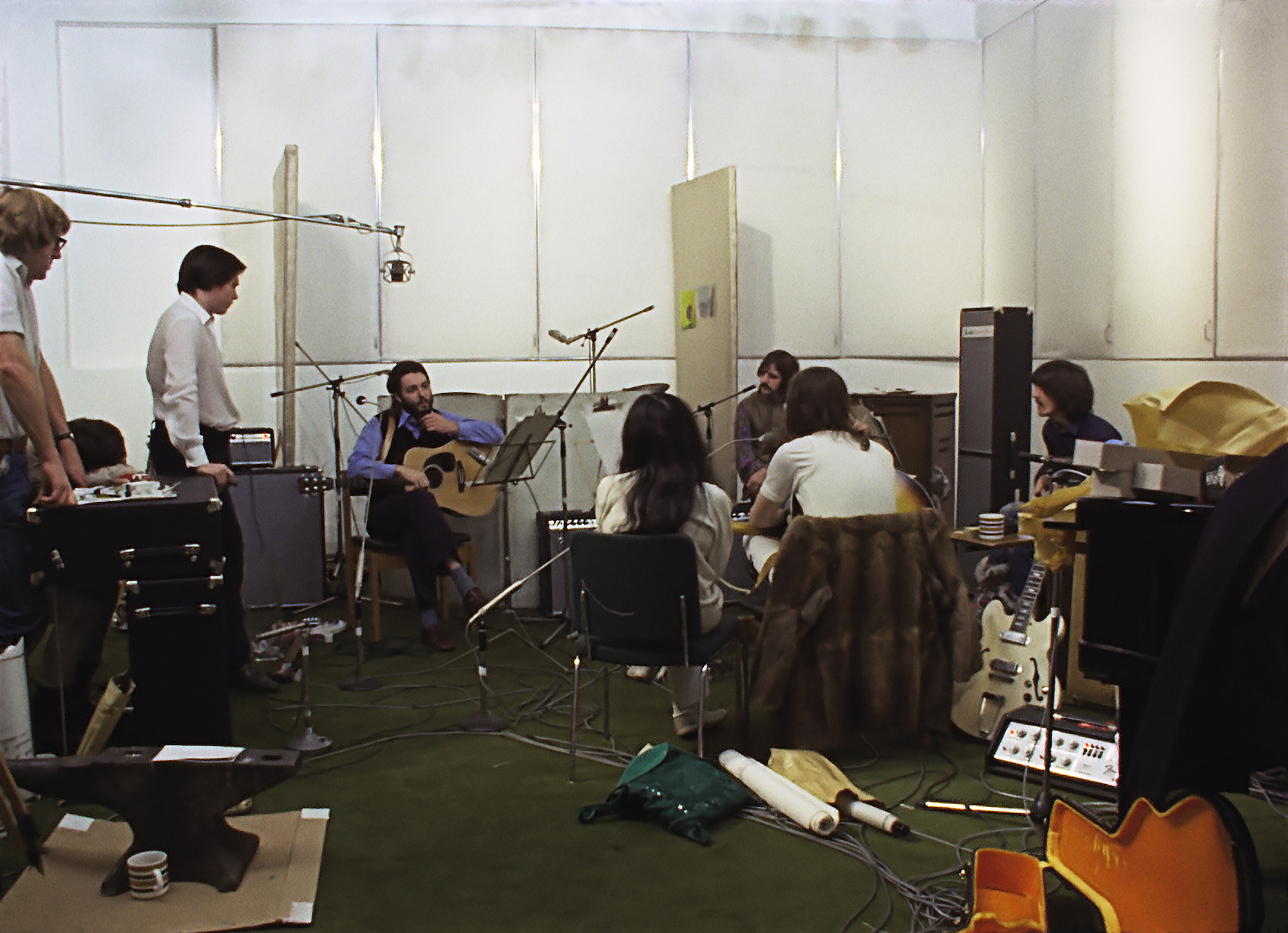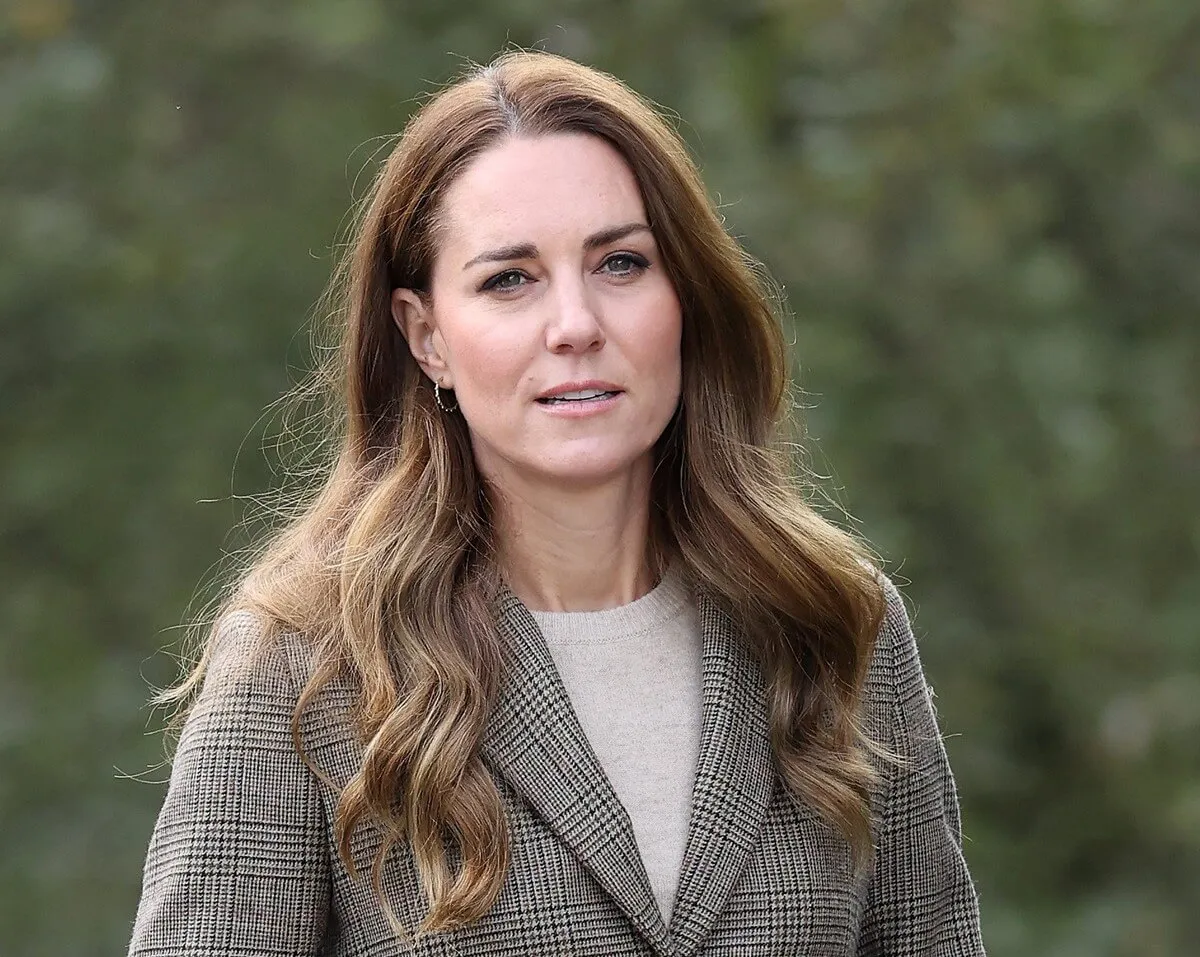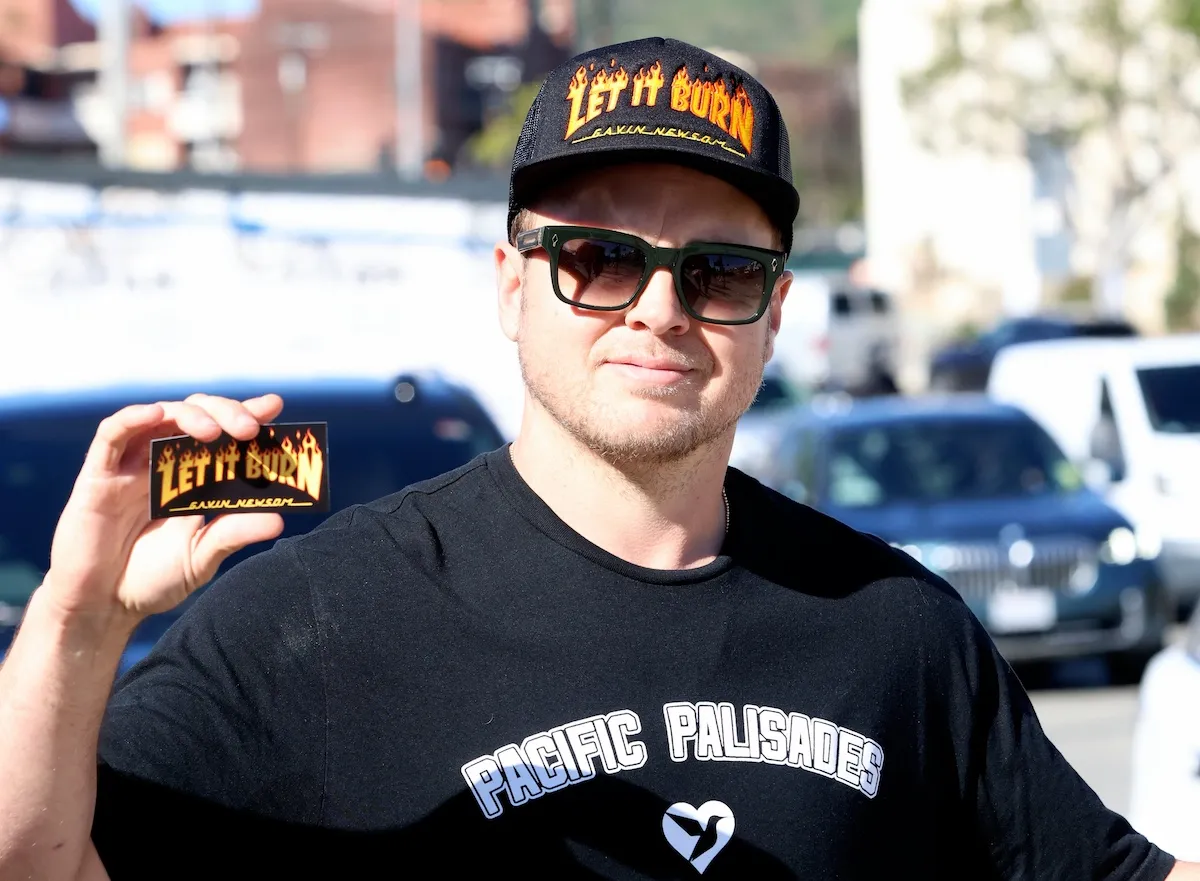‘The Beatles: Get Back’ — How Peter Jackson Uncovered the Band’s Secret Conversations
The Disney+ docu-series The Beatles: Get Back has given fans an intimate look at the Beatles’ creative process. Hours of footage show Paul McCartney, John Lennon, George Harrison and Ringo Starr building the pieces of what would become classic songs. Hearing all of their conversations wasn’t easy, director Peter Jackson said.

Jackson spoke at a Zoom press conference for The Beatles: Get Back on Nov. 16. He explained how he used new digital tools to uncover dialogue between band members that was previously buried under music and other noise.
Peter Jackson developed a way to separate audio in ‘The Beatles: Get Back’ footage
Jackson founded Park Road Post Production in New Zealand. His team developed technology to pull apart the sound recorded for the 1969 documentary Let It Be. Even with all the raw footage shot in 1969, you never would have heard all of these conversations until The Beatles: Get Back.
The most depressing thing about this whole project at the beginning was the audio. It was like, ‘Okay, well, it’s great, it’s fantastic, but God, I wish we could hear what they’re saying.’ So what we ultimately did, here in New Zealand at Park Road Post we’ve got these very clever people. They’ve developed an AI program, artificial intelligence, machine learning program. We could take this mono tape, we digitize it, put it into the computer, teach the computer what a guitar sounds like, teach the computer what a human voice sounds like, teach them what a drum sounds like. So, when the guys are playing and the drum and the guitars are drowning out the vocals and it’s all kind of weird, you know, say, ‘Okay, just give us the guitars by themselves.’
Peter Jackson, The Beatles: Get Back press conference, 11/16/21
‘The Beatles: Get Back’ could isolate the band talking
If they could isolate the guitars, they could isolate the band members talking. That’s where The Beatles: Get Back’s groundbreaking audio comes from.
“So, you see Ringo drumming and you can’t hear him,” Jackson said. “Then you say, ‘Give us the vocals.’ And you literally just have the voices all by themselves. So, we developed this technology that allows us to de-mix, split the-all the audio components off these mono tracks.”
There was also audio only recording
Jackson edited over 50 hours of footage for The Beatles: Get Back. He pored through even more sound that had no video to match.
“One of the things I’d always wondered about over the last 40 years is what happened to all the unused footage from Let It Be?” Jackson said. “Michael Lindsay-Hogg shot a lot of stuff that didn’t get used. I had no idea if it survived, I had no idea how much there was, and no books really talk about it.”
Jackson first met with Apple Corps Ltd. about creating a Beatles virtual reality experience. When Jackson asked about the Let It Be material, it proved to be more than just filmed footage.
“They said, ‘Yeah, yeah, there’s about 60 hours of film and 130 hours of audio and we’ve got all that,’” Jackson said. “I sort of arrived at this meeting to talk about VR, and I left with getting that [material]. I was in the right place at the right time.”


